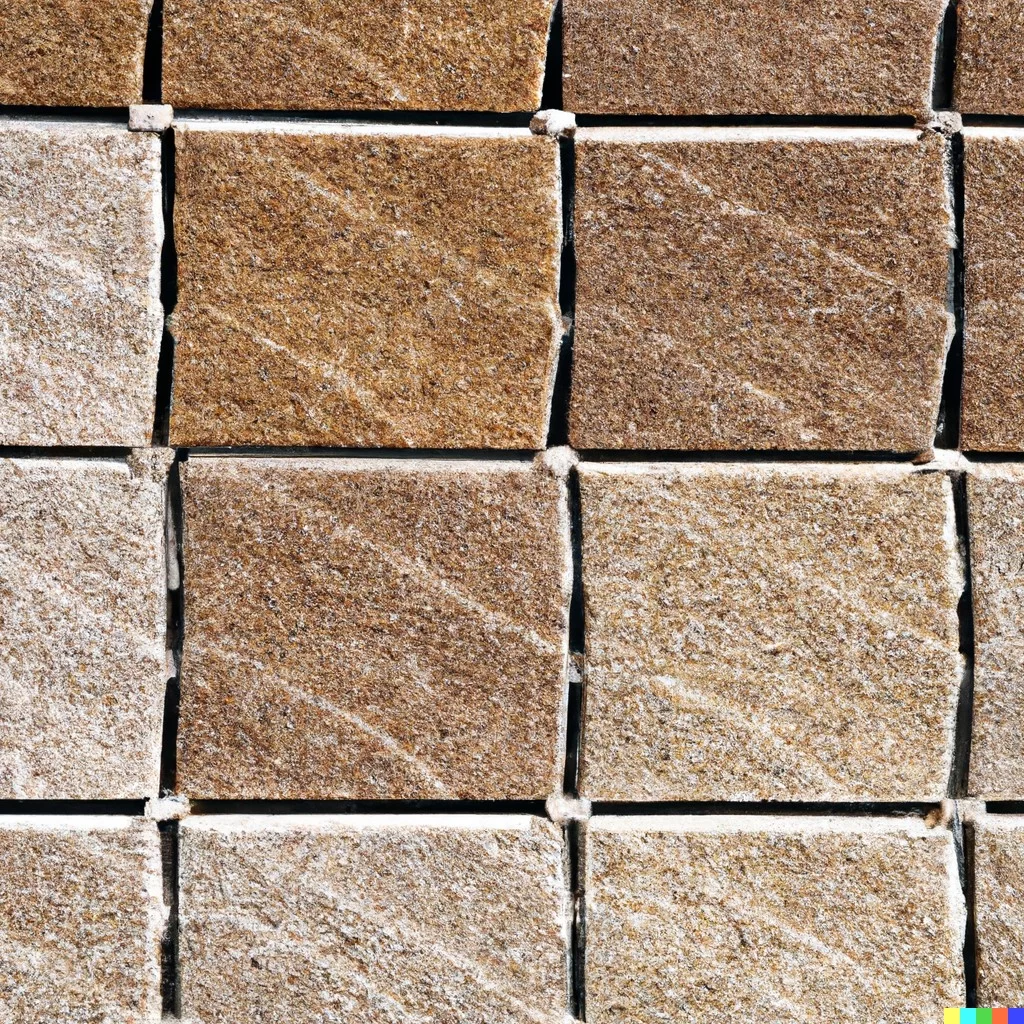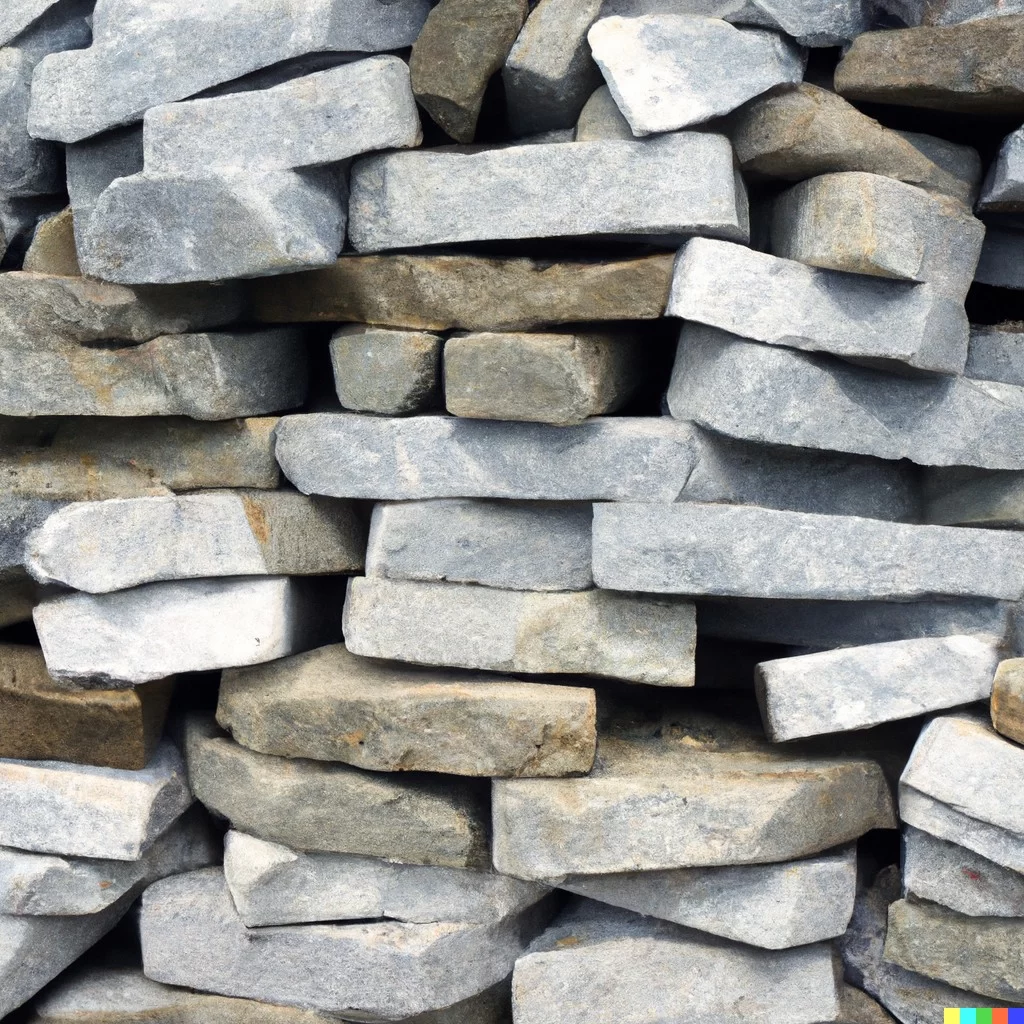Introduction
The selection of building materials is a critical aspect of construction, influencing the structural integrity, aesthetics, and functionality of a building. Among the myriad options available, stone and timber stand out as timeless choices, each offering unique characteristics that cater to specific needs. Additionally, the decision between dense and perforated materials adds another layer of complexity to the construction process. This article explores various types of building materials, focusing on stone and timber, and examines the applications of dense and perforated materials in construction.
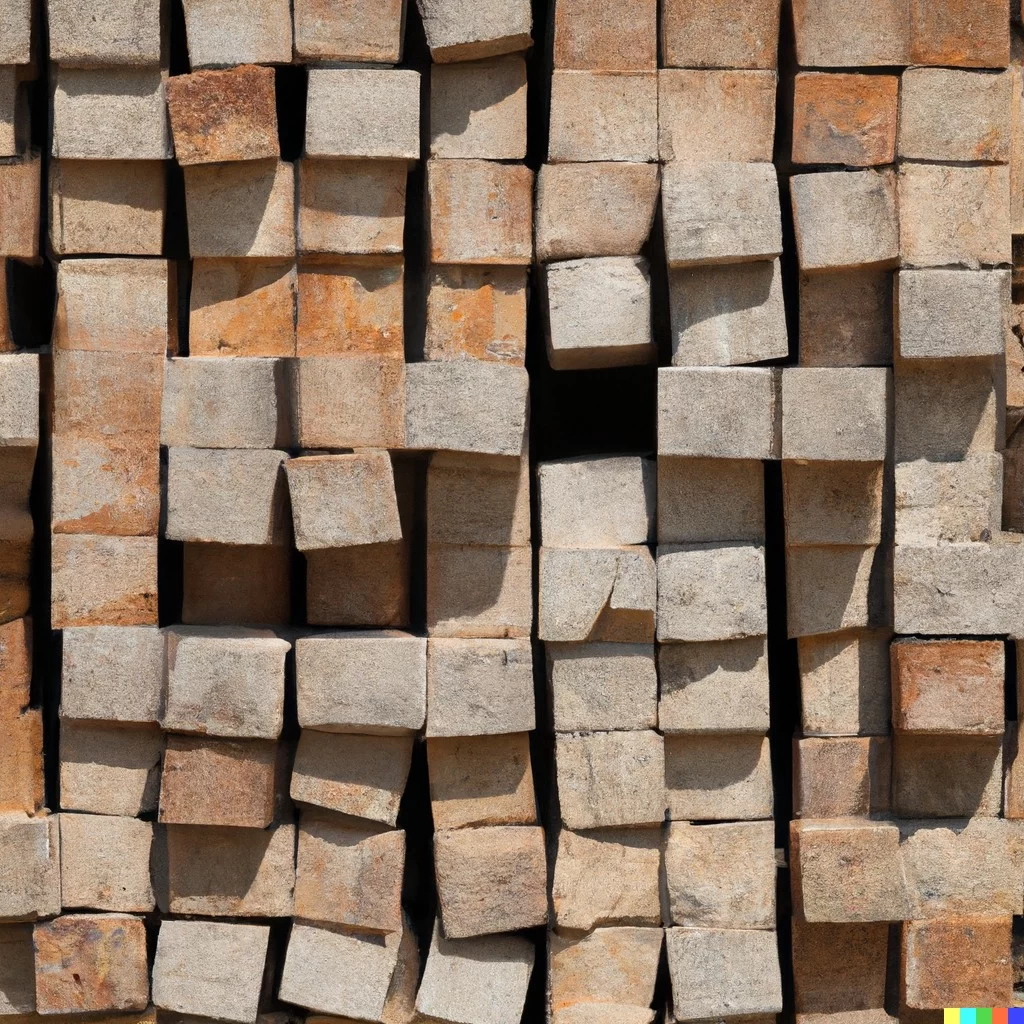
Stone: A Timeless Elegance
Stone has been a fundamental building material throughout human history, admired for its durability, aesthetic appeal, and natural beauty. The use of stone in construction can be traced back to ancient civilizations, where it was employed to create monumental structures that have withstood the test of time. Today, various types of stone are utilized in construction, each with its own unique properties.
- Granite: Known for its strength and durability, granite is a popular choice for countertops, flooring, and exterior cladding. Its natural resistance to weathering makes it suitable for both indoor and outdoor applications.
- Marble: Renowned for its elegance and luxurious appearance, marble is often used in high-end architectural projects. It is commonly found in flooring, countertops, and decorative elements.
- Limestone: Limestone is a versatile building material that can be used for both exterior and interior applications. It is often employed in flooring, wall cladding, and even sculptural elements.
- Sandstone: With its unique texture and color variations, sandstone is a preferred choice for both residential and commercial projects. It is used in construction for flooring, walls, and landscaping.
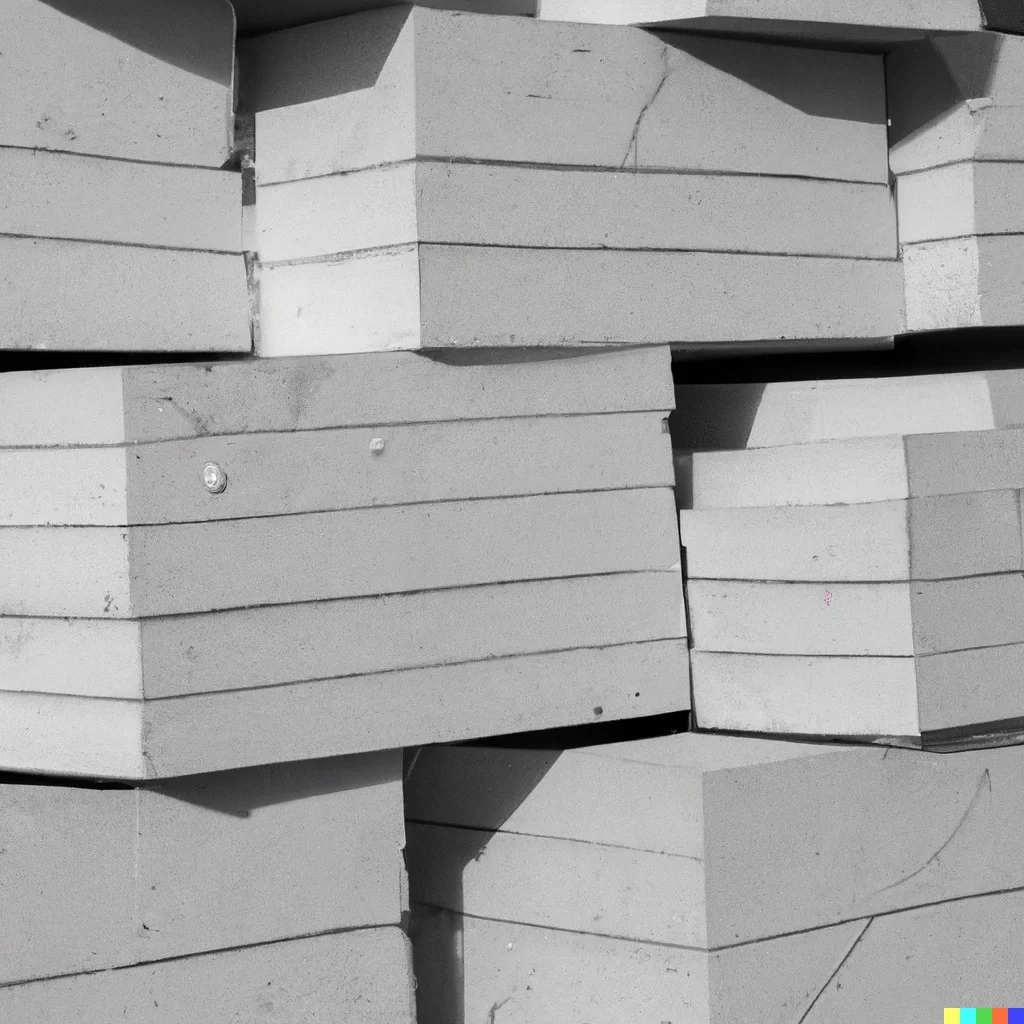
Timber: Nature’s Versatile Gift
Timber, or wood, has been a staple in construction for centuries due to its versatility, sustainability, and aesthetic appeal. From traditional log cabins to modern skyscrapers, timber continues to play a crucial role in the construction industry.
- Hardwood: Known for its strength and durability, hardwoods like oak and maple are used in flooring, furniture, and structural elements. Hardwood adds a touch of warmth and sophistication to any space.
- Softwood: Softwoods such as pine and cedar are widely used in construction for framing, decking, and fencing. While softer than hardwood, they are more readily available and cost-effective.
- Engineered Wood Products: These include materials like plywood, laminated veneer lumber (LVL), and particleboard. Engineered wood products offer enhanced strength and stability, making them suitable for a variety of applications.
- Bamboo: As a sustainable and rapidly renewable resource, bamboo has gained popularity as a building material. It is used in flooring, furniture, and even as a structural element in some construction projects.
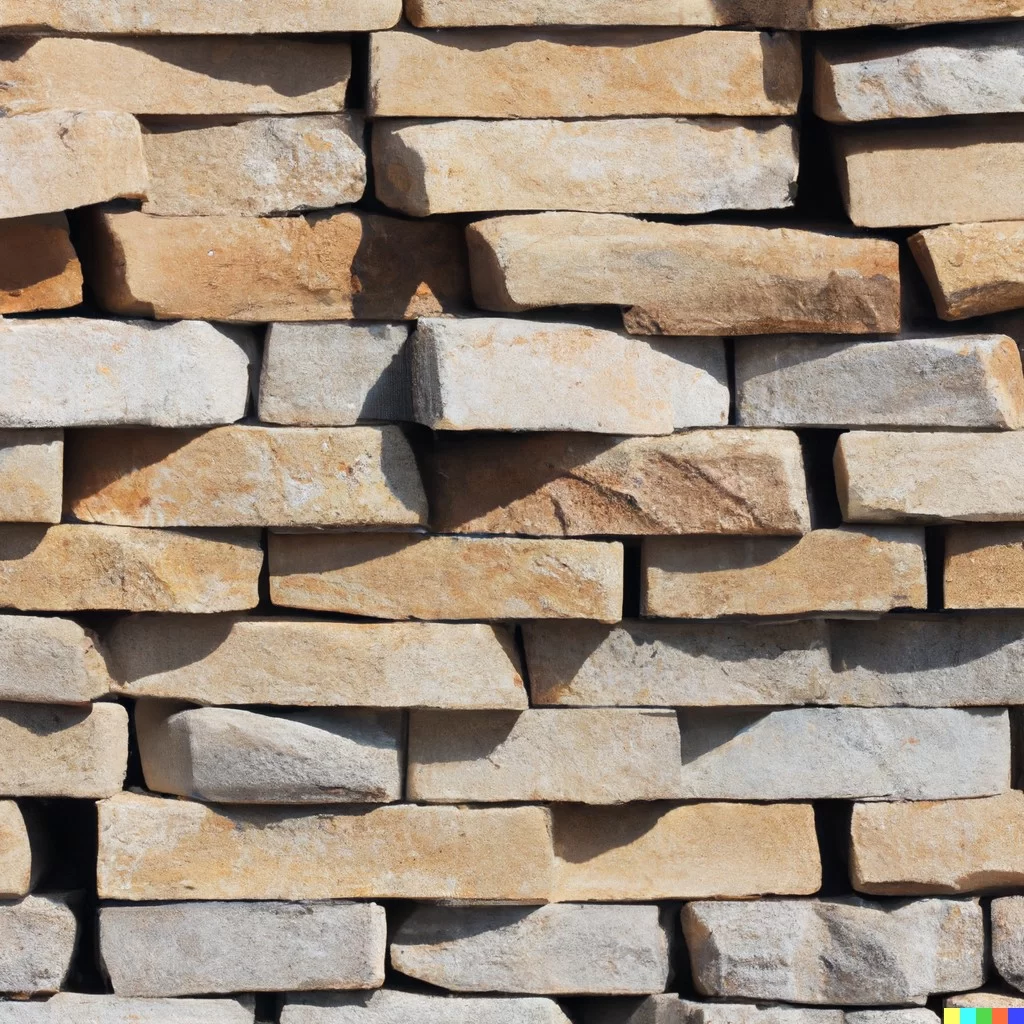
Dense Materials: Strength and Stability
Dense building materials are characterized by their high mass and strength, making them ideal for structural elements and applications where durability is paramount.
- Concrete: Perhaps the most widely used dense building material, concrete is a mixture of cement, water, and aggregates. It is employed in foundations, walls, and various structural components due to its strength and versatility.
- Brick: Available in various forms, including solid and veneer bricks, these dense building materials offer excellent thermal insulation and fire resistance. Bricks find application in both structural and decorative elements.
- Steel: While not traditionally considered a “dense” material, steel’s high strength-to-weight ratio makes it an integral part of modern construction. It is used in structural framing, roofing, and reinforcement.
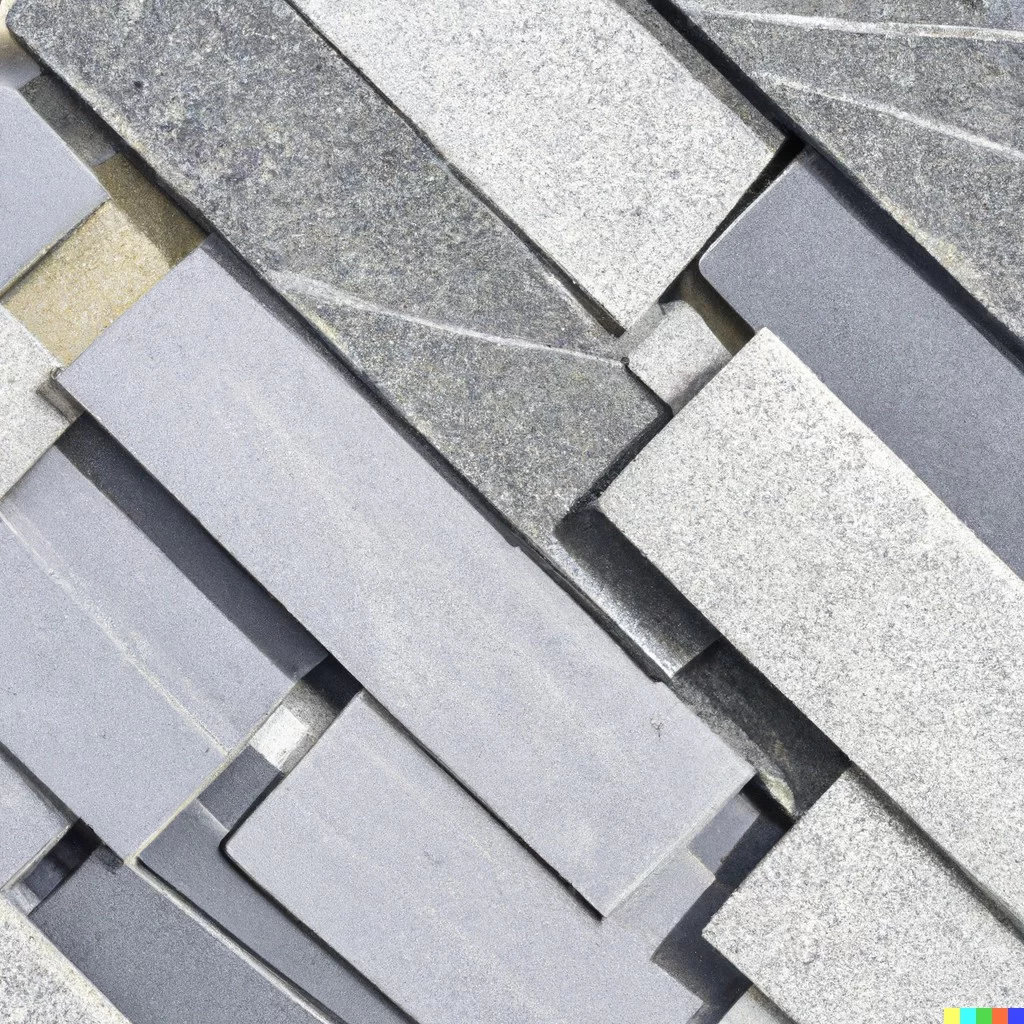
Perforated Materials: Lightness and Ventilation
Perforated building materials, characterized by openings or voids, offer advantages such as reduced weight and improved ventilation. These materials are often used in applications where a balance between strength and airflow is crucial.
- Perforated Metal Panels: Used in facades and interior design, perforated metal panels provide a modern and industrial aesthetic while allowing for airflow and light penetration.
- Hollow Concrete Blocks: These blocks have voids or hollow cores, reducing their weight and improving insulation properties. They are commonly used in the construction of walls and partitions.
- Glass Blocks: Offering a unique combination of translucency and strength, glass blocks are used in walls to allow natural light while maintaining privacy. They find applications in both residential and commercial settings.
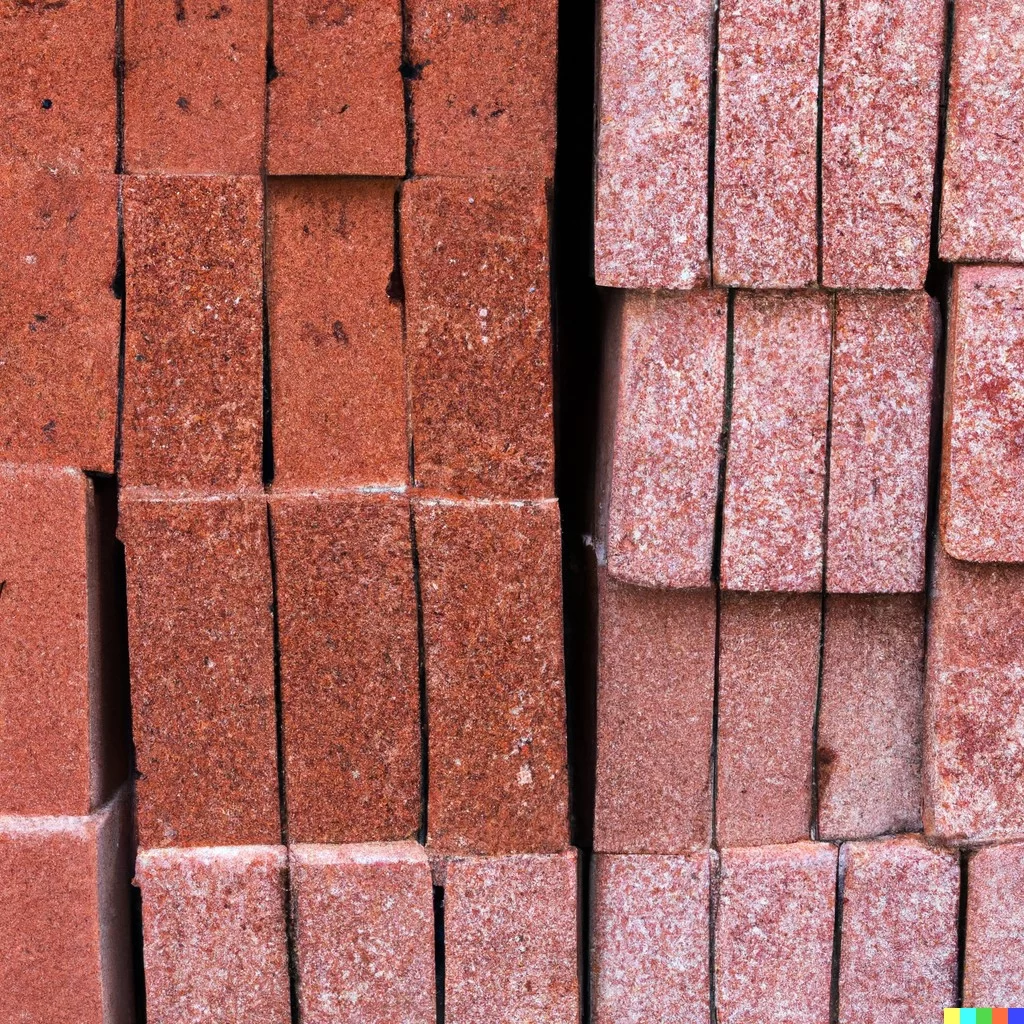
Applications of Building Materials
- Residential Construction: In residential construction, the choice of materials often reflects a balance between aesthetics and functionality. Timber is frequently used for framing, flooring, and interior finishes, providing a warm and inviting atmosphere. Stone, on the other hand, may be employed for exterior cladding or as a focal point in landscaping.
- Commercial Buildings: The requirements for commercial buildings often emphasize durability and efficiency. Concrete and steel are commonly used for their structural strength, supporting the construction of high-rise buildings and large commercial spaces. Perforated materials, such as glass facades and metal panels, contribute to the modern and inviting appearance of many commercial structures.
- Historical Restoration: Stone and timber play a crucial role in the restoration of historical buildings. The use of authentic materials helps preserve the architectural integrity of these structures, ensuring that they remain true to their original design while meeting modern standards for safety and functionality.
- Sustainable Construction: As sustainability becomes a primary concern in construction, materials like bamboo and engineered wood products are gaining popularity. These materials offer a renewable and eco-friendly alternative to traditional options, contributing to the overall environmental responsibility of a project.
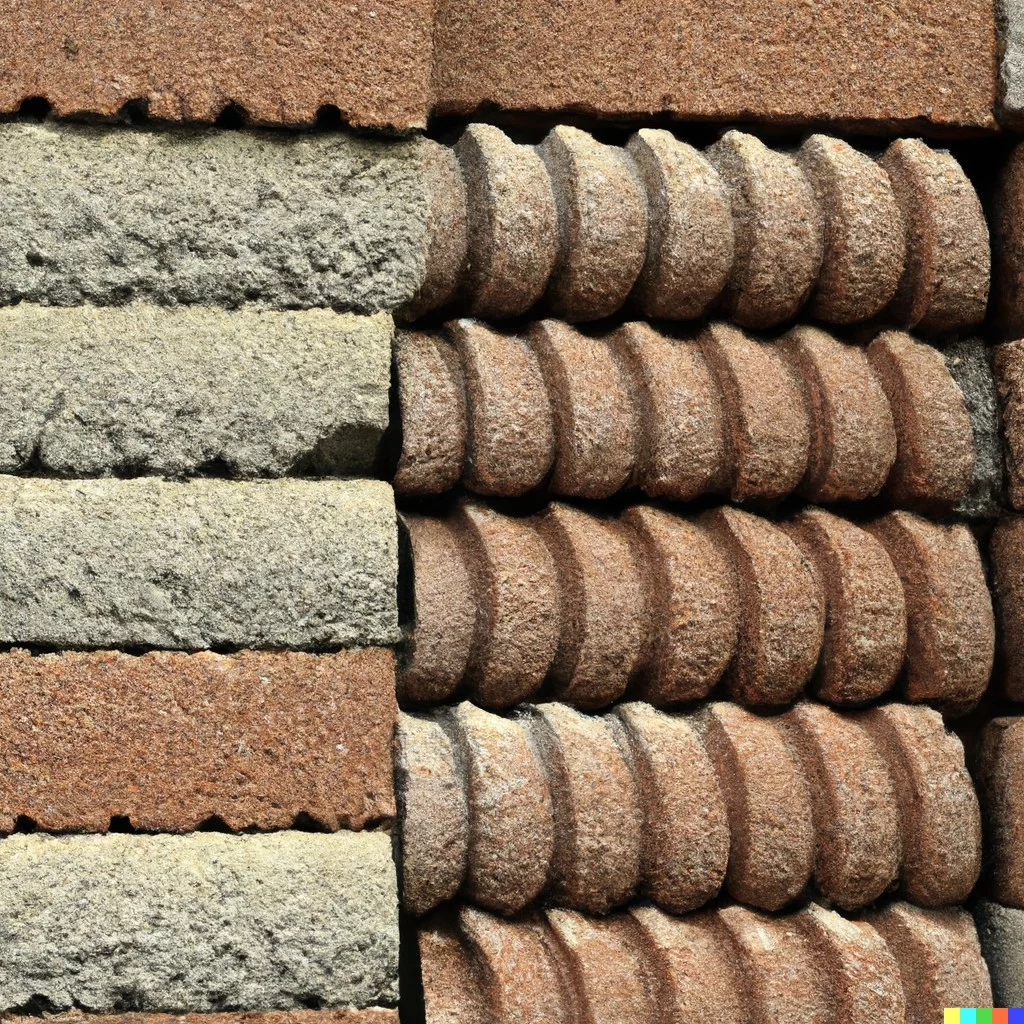
Conclusion
The world of building materials is vast and diverse, offering architects and builders a wide range of options to meet the specific requirements of each project. Stone and timber bring a timeless elegance, while dense materials like concrete and steel provide strength and stability. Perforated materials, with their lightness and ventilation properties, offer versatility in design and functionality.
The choice of building materials is a complex decision that involves considerations of aesthetics, durability, sustainability, and cost. As technology and innovation continue to advance, new materials and construction techniques will likely emerge, further expanding the possibilities for the construction industry. Ultimately, a thoughtful selection of materials ensures that a building not only meets its functional requirements but also stands as a testament to the creativity and craftsmanship of its designers and builders.
